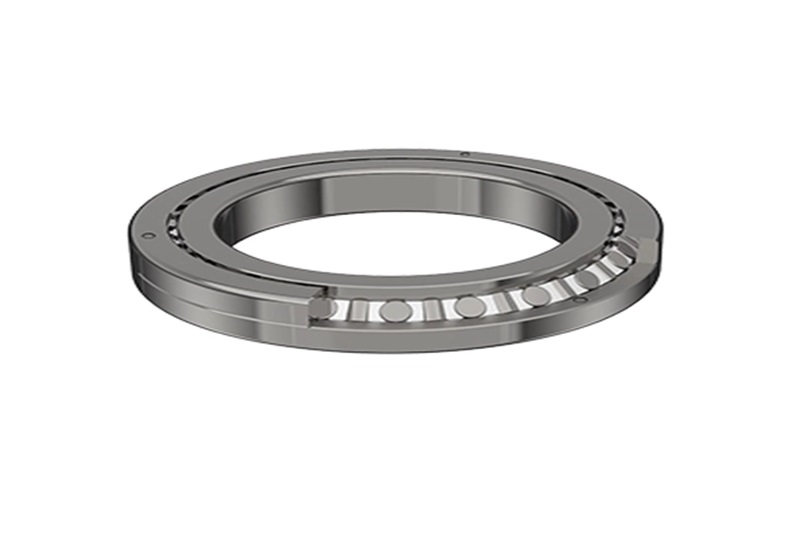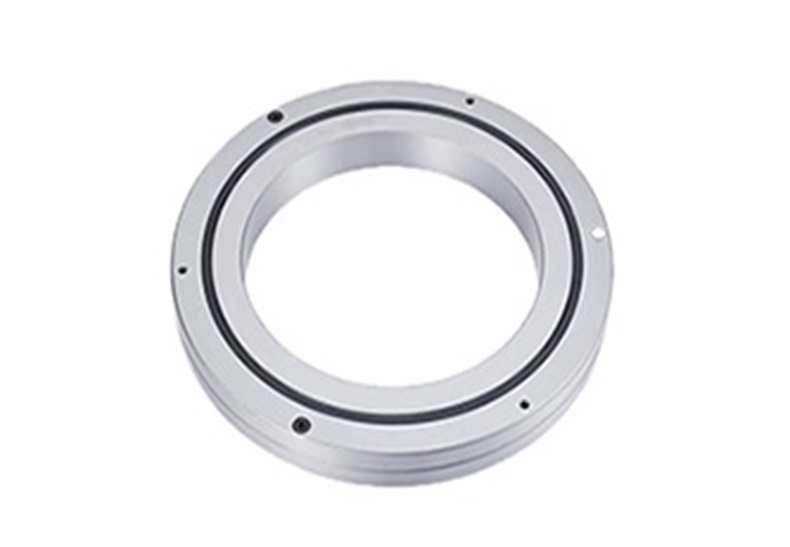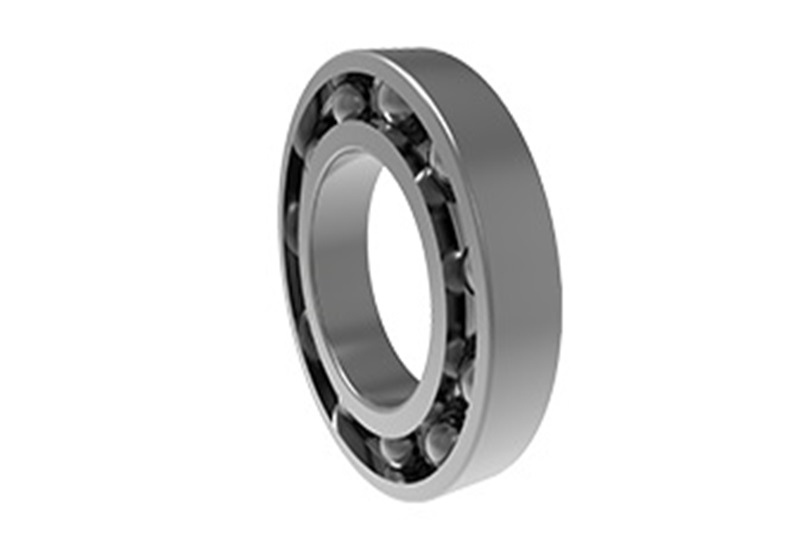Causes and Solutions for High Operating Temperature of Crossed Roller Bearings
Crossed Roller Bearings are widely used in various advanced mechanical devices, such as precision machine tools and industrial robots. They have the capability to bear both radial and axial loads in both directions, with high motion accuracy and excellent speed performance. Some staff members have reported that during actual operation, occasionally Crossed Roller Bearings experience high running temperatures, which not only affects the bearing's service life but also may lead to more severe failures.
Causes of High Temperature in Crossed Roller Bearings
Poor Lubrication
Lubrication is a critical factor in ensuring the normal operation of bearings. Poor quality or insufficient supply of lubricating grease can lead to poor lubrication in certain areas of the bearing, increasing friction between moving parts, thus causing temperature rise. Additionally, the aging and failure of lubricating grease can result in the same effect.
Excessive Preload or Poor Assembly Accuracy
Crossed Roller Bearings require an appropriate preload on the inner and outer rings during installation to offset the gap and improve motion accuracy. However, if the preload is too large, it will increase the contact stress and friction between the rollers and the raceways, generating more heat, thus causing a temperature rise. Moreover, if the assembly precision is poor, such as poor concentricity, round runout, and roller diameter tolerance of the inner and outer rings, it will disrupt the normal motion state of the bearing, causing additional sliding and friction, leading to a temperature rise as well.
Contamination Intrusion
External contaminants such as dust and metal particles getting inside the bearing will not only accelerate the aging of the lubricating grease but will also increase the friction resistance between the rolling elements and the raceways, leading to temperature rise.
Excessive Operating Speed
Crossed Roller Bearings are suitable for high-speed operating conditions, but they have their limits. If the actual speed exceeds the limit, it will inevitably increase the dynamic load, exacerbating the accumulation of frictional heat between the internal rolling elements and the raceways.
Solutions to High Temperature in Crossed Roller Bearings
Optimize Lubrication System
Check if there are any issues with the lubrication system, ensuring that lubricating grease is continuously and sufficiently supplied as per design requirements. If necessary, consider replacing it with new, higher-quality lubricating grease or adopt a forced circulation oil lubrication method.
Adjust Preload and Strengthen Assembly Accuracy Control
Confirm whether the preload of the bearing is within a reasonable range and make appropriate adjustments if necessary. Strictly control the dimensional tolerances, geometric accuracy, and other key metrics of bearing parts to ensure the overall assembly accuracy meets the standards.
Enhance Sealing
Improve the seal structure to prevent external contaminants from entering the bearing, such as using high-quality sealing rings, while also avoiding lubricant leakage and contamination.
Optimize Load Conditions
Evaluate the current load conditions of the bearing, and if it exceeds the rated limit, adjust the operating parameters in a timely manner to reduce the load level, avoiding bearing overload operation.
Enhance Ventilation and Heat Dissipation
For enclosed bearing devices, improve ventilation and heat dissipation conditions by adding fans or cooling devices to help promptly remove excess heat.
In summary, the issue of high temperature in Crossed Roller Bearings should not be ignored. Comprehensive analysis of the causes is necessary, and multiple measures should be taken accordingly. Only by ensuring that the bearings are in an appropriate working environment over the long term can their performance advantages be maximized, extending their service life and reducing maintenance costs.















 English
English  français
français  Deutsch
Deutsch  italiano
italiano 



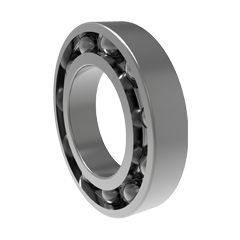
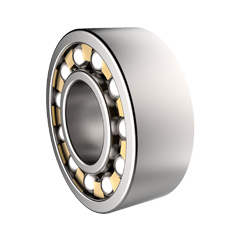
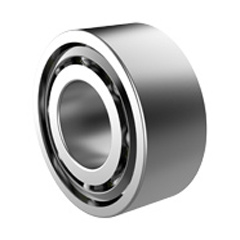
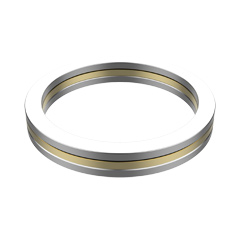
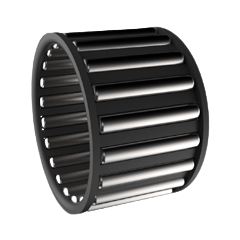
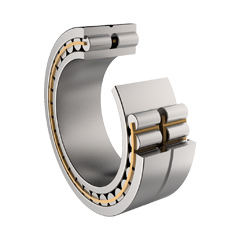
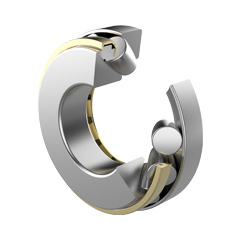
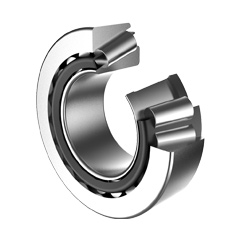
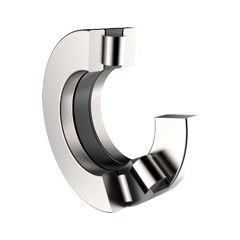
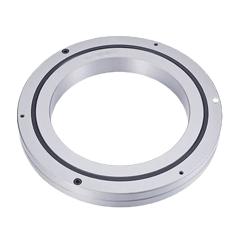
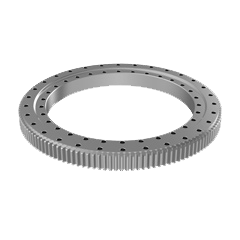

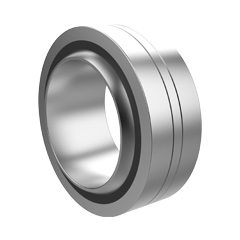

 English
English  français
français  Deutsch
Deutsch  italiano
italiano 

